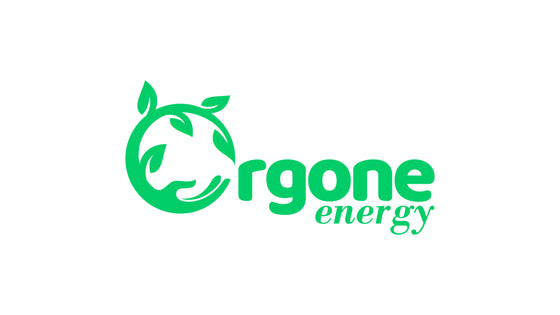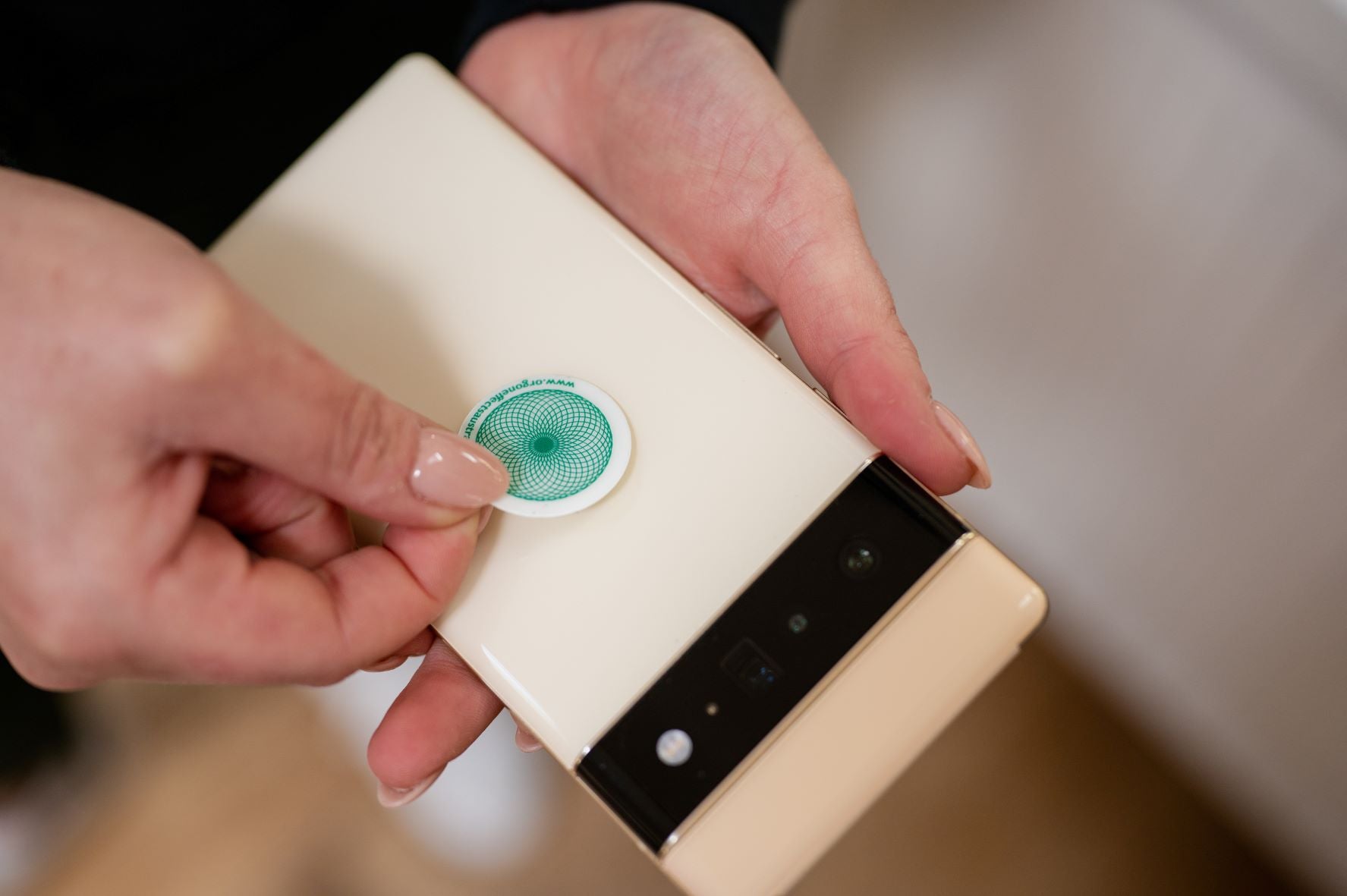Bed bugs are a common household pest that can be difficult to detect, let alone get rid of. These tiny insects can hide in the crevices of your mattress, furniture, and even your clothes, making them a nightmare for anyone who wants a good night's sleep.
While there are various methods to detect bed bugs, including using dogs or traps, the latest trend is using UV light.
But can UV light really reveal the presence of bed bugs? Shedding light on this question is crucial for homeowners and hoteliers alike, who want to protect their properties and guests from the nuisance and health hazards of bed bugs.
In this article, we'll explore the science behind UV light and bed bugs, and whether this method is as effective as it's claimed to be. So, if you're wondering if UV light is the secret to detecting bed bugs, keep reading to find out!
The Limitations of Visual Bed Bug Inspections

Bed bugs are notoriously difficult to spot, especially during the early stages of an infestation. They are small, flat, and often hide in tight spaces, making it difficult to see them with the naked eye.
Visual inspections are still one of the most common methods of detecting bed bugs, but they have their limitations.
Even a trained professional may miss some bed bugs during a visual inspection, particularly if they are hiding in hard-to-reach areas.
Additionally, bed bug eggs are even smaller than adults and can be almost impossible to see without magnification.
Time Consuming and Expensive
Another issue with visual inspections is that they can be time-consuming and expensive, especially for large properties.
It can take several hours to inspect a single room thoroughly, and even then, there is no guarantee that all the bed bugs have been detected. This is where UV light can help.
How UV Light Can Reveal the Presence of Bed Bugs

UV light is a type of electromagnetic radiation that is invisible to the naked eye. It has a shorter wavelength than visible light, which means it can penetrate certain materials, including the exoskeletons of bed bugs.
When exposed to UV light, bed bugs fluoresce, which means they emit visible light of a different color. This makes them easier to spot, even in dark or hard-to-reach areas.
UV light can be used to detect both live bed bugs and their eggs, which can be difficult to see with the naked eye. It can also be used to confirm the presence of bed bugs after a visual inspection has been carried out.
By shining a UV light around the room, any bed bugs that have been missed during the visual inspection will fluoresce, making them easier to detect.
Protect Yourself Against EMF

While bed bugs are annoying and difficult to get rid of, exposure to EMF can affect your physical and mental health.
It is important to make sure you and your loved ones are protected from EMF while at home and on the go. At Orgone Energy, we have many different products to safeguard your family.
From our shungite collection, which is backed by scientific studies for its various benefits, to our Orgonite Pyramids and Orgone Energy line which has 30 years of satisfied customers, we have something for everyone.
Of course, we also have our handy Handheld UV Light Sterilizer, which is great for eliminating mold, germs, bacteria and of course, detecting bed bugs.

The Science Behind UV Light and Bed Bugs
The reason bed bugs fluoresce under UV light is due to the presence of certain chemicals in their exoskeletons.
Specifically, bed bugs contain porphyrins, which are organic compounds that fluoresce under UV light. When exposed to UV light, the porphyrins absorb the energy and emit a visible light of a different color. This is known as fluorescence.
Not all insects fluoresce under UV light, and the degree of fluorescence can vary depending on the species.
However, bed bugs are among the insects that fluoresce most strongly, making them ideal candidates for UV light detection.
Types of UV Lights Used for Bed Bug Inspections

There are two main types of UV lights used for bed bug inspections: black lights and blue lights.
Black lights emit UV-A radiation, which has a longer wavelength than UV-B and UV-C radiation. UV-A radiation is less harmful to humans than UV-B and UV-C radiation, but it is also less effective at killing bed bugs.
Blue lights, on the other hand, emit UV-B radiation, which has a shorter wavelength than UV-A radiation. UV-B radiation is more harmful to humans than UV-A radiation, but it is also more effective at killing bed bugs. Blue lights are typically more expensive than black lights, but they are also more effective.
When choosing a UV light for bed bug detection, it is important to consider the wavelength of the light and the intensity of the radiation emitted. Higher intensity radiation will be more effective at killing bed bugs but may also be more harmful to humans.
Our Handheld UV Light Sanitizer uses UV-C light which destroys the DNA of germs and nullifies their ability to multiply.
It is equipped with a powerful 16 Watts Ultraviolet lamp emitting at a wavelength of 254 Nanometers (nm).
How to Use UV Light to Find Bed Bugs

To use UV light to detect bed bugs, you will need a UV light source and a dark room. Turn off all the lights in the room and close the curtains to block out any natural light. Then, shine the UV light around the room, focusing on areas where bed bugs are known to hide, such as the seams of the mattress, the headboard, and the baseboards.
As you shine the light, look for any areas that fluoresce. Bed bugs will typically appear as small, yellowish-white spots. You may also see bed bug eggs, which will appear as small, white dots. Use a magnifying glass to get a closer look at any areas that appear to fluoresce.
It is important to note that UV light detection should not be used as the only method of detecting bed bugs. It should be used in conjunction with visual inspections and other detection methods to ensure that all bed bugs are detected.
UV Light vs. Other Bed Bug Detection Methods

UV light detection is just one of the many methods of detecting bed bugs. Other methods include visual inspections, bed bug traps, and canine inspections. Each method has its advantages and disadvantages, and the best method will depend on the specific situation.
Visual inspections are still the most common method of detecting bed bugs, but they can be time-consuming and expensive. Bed bug traps are a passive method of detection that can be used to monitor for bed bugs over time. Canine inspections are highly accurate but can be expensive and may not be practical for every situation.
UV light detection is a relatively new method of detecting bed bugs, but it has some advantages over other methods. It is quick and easy to use and can be used to detect both live bed bugs and their eggs. It is also non-invasive and does not require the use of chemicals.
The Effectiveness of UV Light in Bed Bug Control

UV light detection is not a method of bed bug control in itself. It is a method of detecting bed bugs so that they can be treated using other methods. However, UV light can be used in conjunction with other methods of bed bug control, such as heat treatments or insecticides.
Using UV light to detect bed bugs before treatment can help ensure that all bed bugs are eliminated.
It can also be used after treatment to confirm that all bed bugs have been eliminated.
However, it is important to note that UV light detection should not be used as the only method of detecting bed bugs, as it may not detect all bed bugs.
Considerations When Using UV Light for Bed Bug Inspections
When using UV light for bed bug inspections, there are a few considerations to keep in mind. First, UV light can be harmful to humans if used improperly. It is important to wear protective eyewear and to avoid looking directly at the light.
Second, UV light can be less effective if the room is not completely dark. Natural light can interfere with the fluorescence, making it more difficult to detect bed bugs. It is important to close the curtains and turn off all the lights in the room before using UV light.
Finally, it is important to use UV light detection in conjunction with other detection methods and treatment methods. UV light detection should not be relied on as the sole method of bed bug detection or control.
Conclusion
In conclusion, UV light can be an effective method of detecting bed bugs, especially when used in conjunction with other detection methods. It works by causing bed bugs to fluoresce, making them easier to spot in dark or hard-to-reach areas.
However, UV light detection should not be used as the only method of detecting bed bugs, as it may not detect all bed bugs. It should be used in conjunction with visual inspections, bed bug traps, and other detection methods to ensure that all bed bugs are detected.
Additionally, UV light detection should be used in conjunction with other methods of bed bug control, such as heat treatments or insecticides. By using a combination of methods, homeowners and hoteliers can effectively detect and eliminate bed bugs, ensuring a good night's sleep for everyone.






